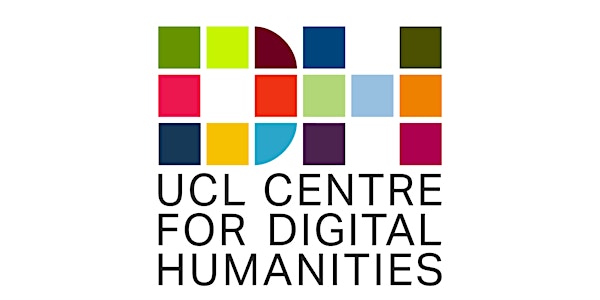
UCLDH Seminar Series: Acts of being in proxies for prints. People in the Catalogue of Political and Personal Satires in the British Museum, circa 1770-1830
Date and time
Location
Arts & Humanities Common Room, Foster Court, UCL
Malet Place London WC1E United KingdomDescription
UCLDH Seminar Series
Acts of being in proxies for prints. People in the Catalogue of Political and Personal Satires in the British Museum, circa 1770-1830
Speaker: Dr James Baker, Lecturer in Digital History, University of Sussex
Satirical designs printed onto paper from engraved copper plates are a valuable source of behaviours, attitudes, controversies, and politics in late-Georgian London. Equally valuable to the historian are the detailed descriptions of some 12,000 of these satirical prints compiled by Mary Dorothy George and published as volumes five to eleven of the *Catalogue of Political and Personal Satires Preserved in the Department of Prints and Drawings in the British Museum* between 1935 and 1954. Now indexed as a database hosted on the British Museum website, George's interpretations underpin most historical research into these most beloved objects of British Art via keyword searches and SPAQL endpoint queries enabled by the transformation of her catalogue entries into digital data.
James Baker’s paper describes research that uses George's descriptions as a proxy dataset for late-Georgian satirical prints, investigates patterns of behaviour in her descriptions, and explores how these corpus level patterns correlate with patterns of behaviour observable in hand-assembled collections of the satirical prints. The paper will begin with a brief discussion of the strengths and limitations of George's descriptions as proxies for prints. It will then move onto two case studies of how acts of being manifest themselves in the proxy data: first the relative presence of and descriptions associated with men and women; and second longitudinal patterns of speech acts in the prints, such as who speaks and who is spoken about. In both case studies corpus level textual analysis (relative word frequencies, concordance measures, named entity recognition) and close object analysis of hand-assembled print collections are used side-by-side, with insights from each methodological approach used to generate insights that are then measured, tested, and enriched by the other.